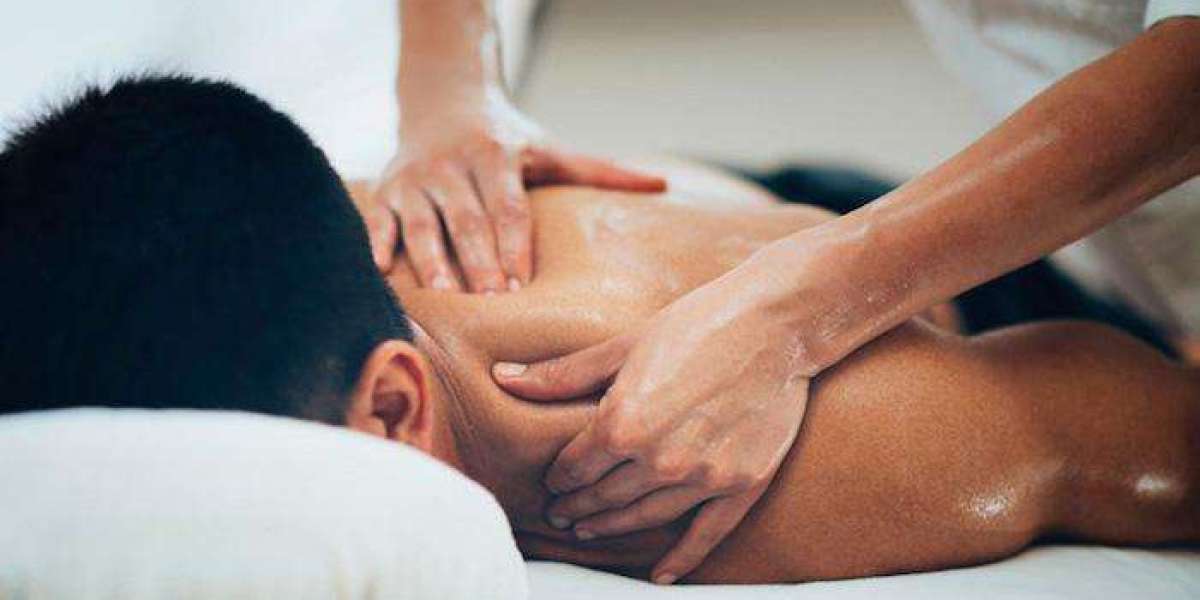You’ve done the hard work—whether it’s a tough gym session, a long run, or a competitive match. But what you do after the workout is just as important as what you did during it. That’s where sports massage comes in.
If you’re searching for ways to recover faster and avoid injury, you’ve likely come across sports massage as a recommended tool. But how exactly does it work—and is it really worth booking into your weekly routine?
In this post, we break down exactly how sports massage helps your body recover, why it lowers injury risk, and when to make it part of your regular wellness plan.
Quick Overview: The Recovery Benefits of Sports Massage
Here’s a fast rundown of how sports massage supports your performance:
Reduces muscle soreness by increasing blood flow and removing waste products like lactic acid.
Prevents injury by releasing tightness and identifying potential problem areas early.
Improves flexibility and joint mobility, reducing risk of strain during activity.
Enhances mental recovery by calming the nervous system and lowering stress.
Shortens recovery time, meaning less downtime between sessions.
Want to dive deeper? Keep reading to learn how these benefits really play out and how to make the most of your recovery routine.
How Sports Massage Speeds Up Muscle Recovery
After intense physical activity, your muscles need to repair and rebuild. During this phase, inflammation, stiffness, and soreness can occur—commonly known as Delayed Onset Muscle Soreness (DOMS).
Here’s where sports massage makes a difference:
Increases circulation: Massage boosts blood flow to tired muscles, delivering fresh oxygen and nutrients needed for repair.
Flushes waste products: It helps remove byproducts like lactic acid that build up during strenuous exercise.
Breaks down adhesions: Micro-tears or “knots” in muscle fibres can slow healing; massage smooths these out.
Did You Know? A 2014 study published in the Journal of Athletic Training found that athletes who received massage within 2 hours post-exercise reported significantly less soreness over the following 48 hours.
Injury Prevention Through Early Intervention
Most injuries don’t come from one wrong move—they build over time. Sports massage can help you spot and fix small problems before they become big ones.
Here’s how:
Releases chronic tension that might otherwise pull joints or ligaments out of alignment.
Restores proper muscle balance, especially if you favour one side of your body (hello, desk workers and weekend warriors).
Alerts you to tender areas—you may not notice tight spots until a massage therapist finds them.
Encourages body awareness, helping you recognise what “normal” feels like before it becomes “painful.”
Pro Tip: Regular sessions (even monthly) are more effective than waiting until you’re already in pain. Prevention always beats recovery.
Boosting Flexibility and Mobility
When muscles are tight, your range of motion shrinks—and that’s a recipe for injury.
Sports massage helps by:
Loosening muscle fibres, making it easier to move freely and with control.
Stimulating fascia release—the connective tissue around muscles—which often contributes to stiffness.
Supporting stretching efforts, particularly in hard-to-target areas like hip flexors or hamstrings.
Many athletes find they can deepen stretches or lift heavier in the gym after a focused massage session.
Mental Recovery Is Physical Recovery
Your body and brain are connected. Post-training recovery isn’t just about your quads—it’s also about your nervous system.
Sports massage:
Activates the parasympathetic nervous system (“rest and digest”), calming your body after high-intensity training.
Reduces cortisol levels, which can slow recovery if chronically elevated.
Promotes better sleep, critical for overnight muscle repair.
When your nervous system is in recovery mode, your body gets a chance to rebuild stronger.
Quick Guide: Real Life Recovery with Sports Massage
Situation:
You’re training hard—maybe preparing for a local race or simply pushing yourself to hit new personal bests. But the soreness is lingering, and small tweaks are turning into big concerns.
Sound familiar? You might be facing:
Feeling tight or restricted even after stretching
Minor aches that don’t go away with rest
Wondering if your form is slipping due to discomfort
How Sports Massage Helps:
1. Targeted Muscle Release: A skilled therapist focuses on problem areas that general stretching can’t reach—like deep gluteal muscles, rotator cuffs, or calf trigger points.
2. Early Detection of Imbalances: You’ll get feedback on overactive or underused muscle groups, helping you adjust training before injury occurs.
3. Better Sleep & Faster Recovery: Massage promotes better relaxation and sleep, accelerating your body's natural repair processes.
4. Keeps You Training Consistently: Less downtime = more progress. Regular massage can help you maintain your schedule without constant interruptions from soreness or strain.
Why It Works:
By combining targeted soft tissue work with relaxation and recovery strategies, sports massage treats your body as a whole system—not just a single muscle group.
Need help recovering faster? Book a sports massage and let your body do what it does best—heal and grow stronger.
FAQs About Sports Massage for Recovery
Q: How often should I get a sports massage?
A: It depends on your activity level. For regular exercisers, once every 2–4 weeks is often enough. If you’re in intense training (e.g., for a marathon), weekly sessions might be appropriate.
Q: Will it hurt?
A: Sports massage can be firm, but it shouldn’t be unbearable. Always communicate with your therapist—some discomfort is okay, but sharp pain isn’t productive.
Q: Is sports massage only for athletes?
A: Not at all. Anyone with muscle tension from work, stress, or recreational exercise can benefit—especially if you’re dealing with recurring tightness or limited mobility.
Q: What should I do after my massage?
A: Drink plenty of water, avoid intense workouts for at least 24 hours, and allow your body to absorb the benefits. Gentle movement or stretching is okay.
Conclusion: Don’t Let Recovery Be an Afterthought
Recovery isn’t a luxury—it’s essential. If you want to train harder, move better, and avoid injuries, sports massage can be one of the most effective tools in your recovery kit.
It’s not just for elite athletes or after major injuries. Sports massage supports your everyday movement, helps you spot issues early, and keeps you feeling your best.
Whether you’re a weekend hiker, gym regular, or someone dealing with desk-job stiffness, booking regular sports massage sessions can help you recover faster, reduce injury risk, and perform at your best.








